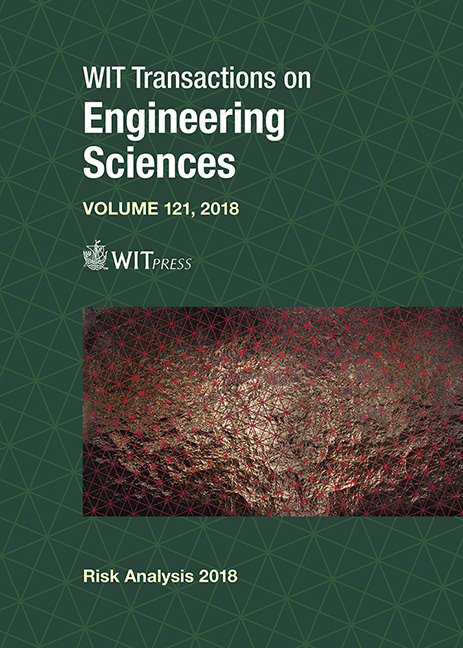RESPONSE OF A LEBANESE ROCK-FILLED DAM TO SEISMIC EXCITATION
Price
Free (open access)
Transaction
Volume
121
Pages
13
Page Range
33 - 45
Published
2018
Paper DOI
10.2495/RISK180031
Copyright
WIT Press
Author(s)
SOBHI ALMAWLA, FADI HAGE CHEHADE, FOUAD KADDAH
Abstract
Old dams were usually constructed using simplified design criteria. Seismic action was not totally computed and included in the dams’ sizing procedure, mainly static forces were applied to the dam body and resistance to a seismic excitation of 0.1 g peak ground acceleration was verified. This can raise stability concerns because, according to its location, the dam could be subjected to stronger earthquakes. The Qaraoun concrete face rockfill dam (CFRD), the first Lebanese dam, built in 1964, is studied here to evaluate overall stability. The highest excitation predicted for the site is defined by seismic hazard assessment, the applied earthquake is the horizontal component of the Tabas earthquake that occurred in Iran in 1978, with a 7.4 magnitude and 0.8 g ground acceleration, since the specifications of such an earthquake match the required design solicitation. The simulation was performed using the finite element code Plaxis 2D; a numerical model is presented with all calibration steps and assumptions covering the lack of data regarding the materials’ properties. A non-linear behaviour was adopted for the rock fill; static and dynamic calculations were performed in order to obtain the permanent deformations, allowing for a judgement regarding the stability of the dam. A final settlement of one metre at the crest and a horizontal displacement of one metre are not threatening values, taking into consideration the level of the reservoir free board, which is 5 m below the dam crest.
Keywords
dam, earthquake, simulation, Plaxis, rock dam, stability, deformation, settlement





